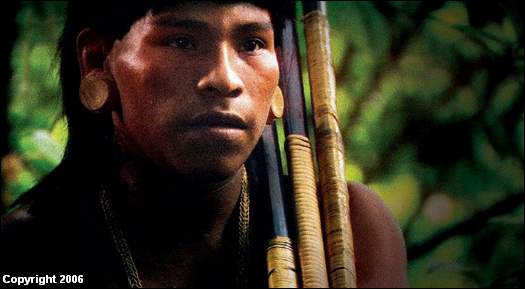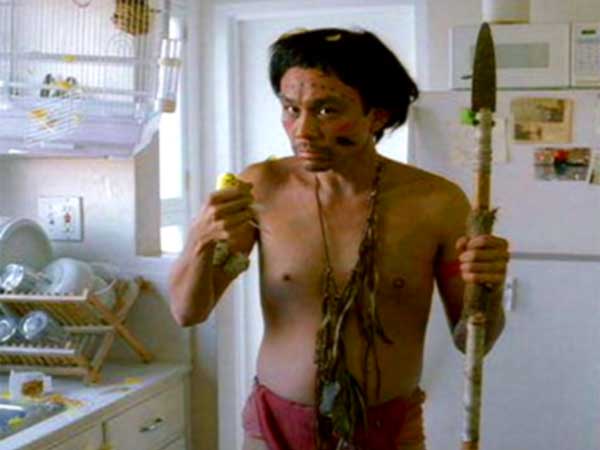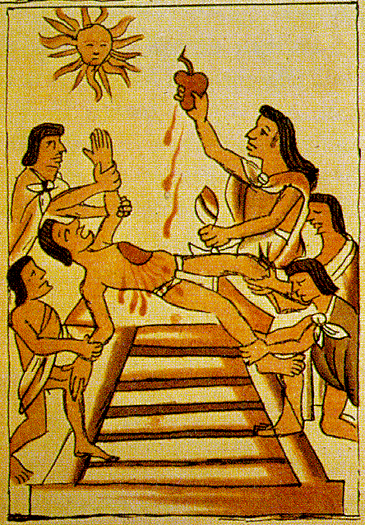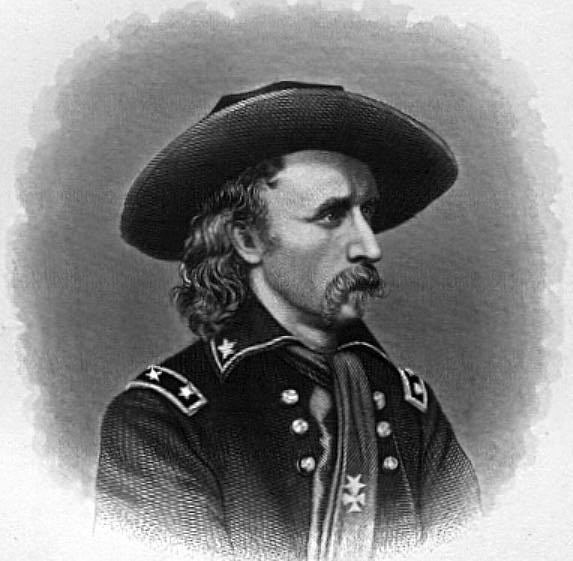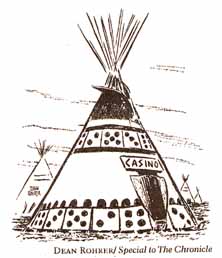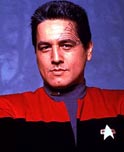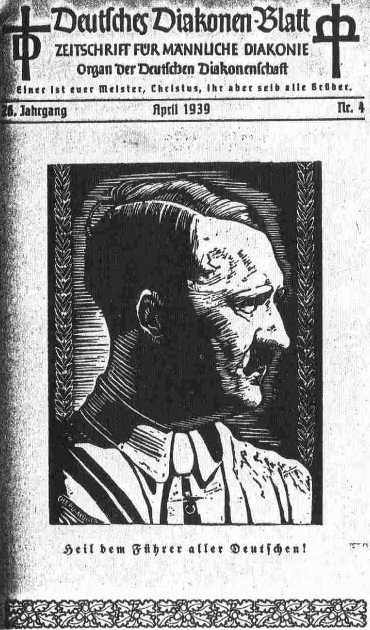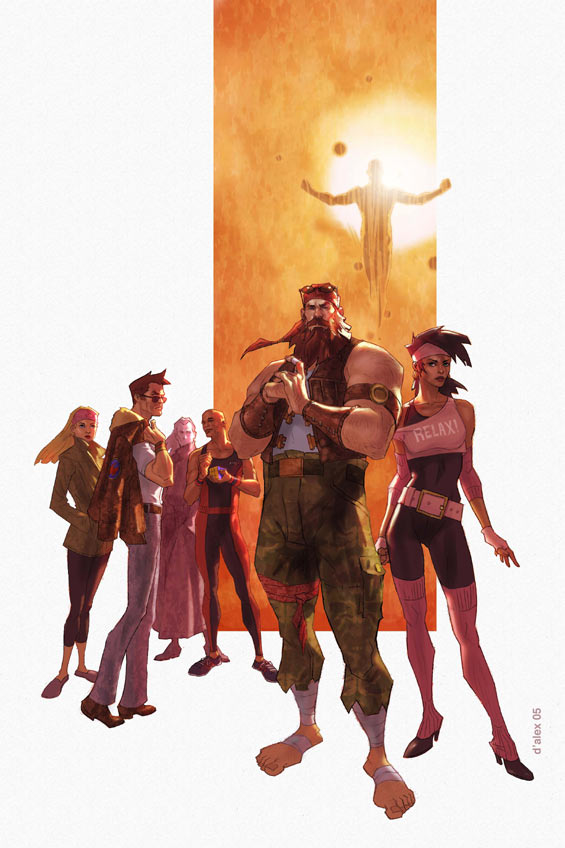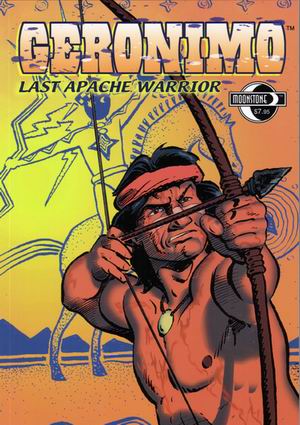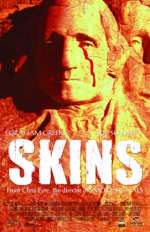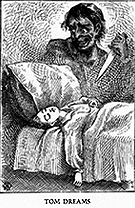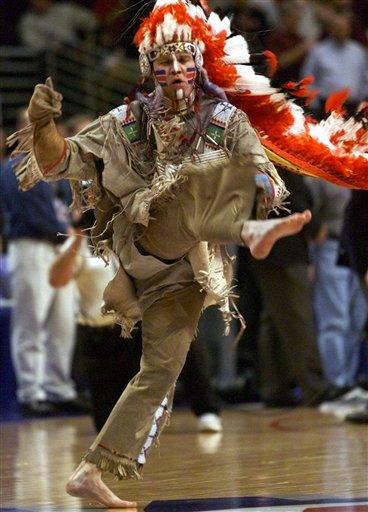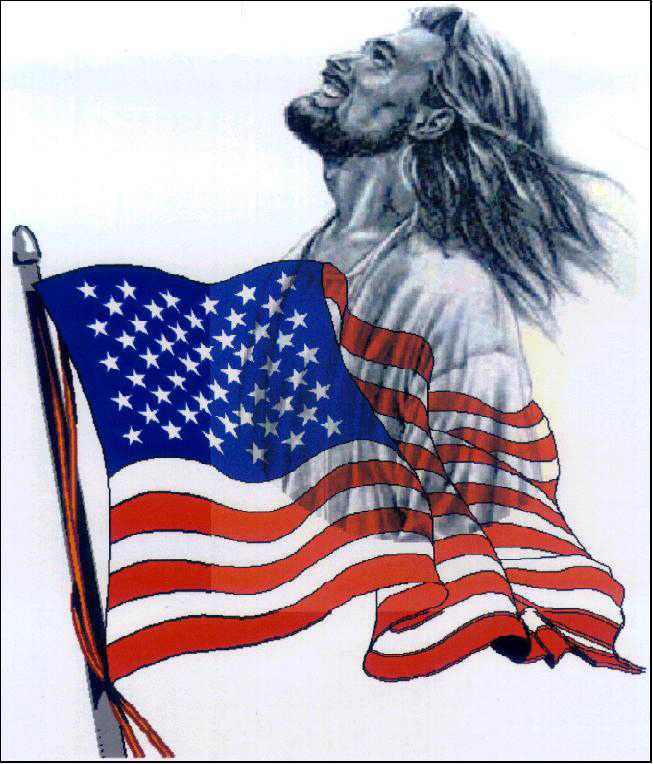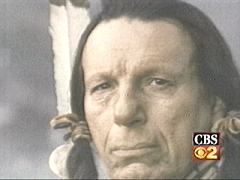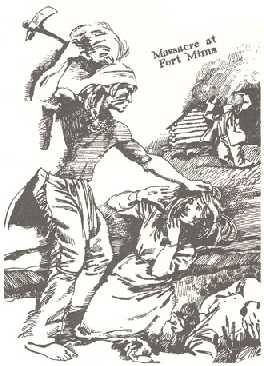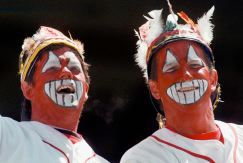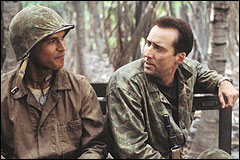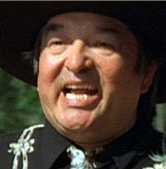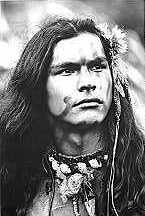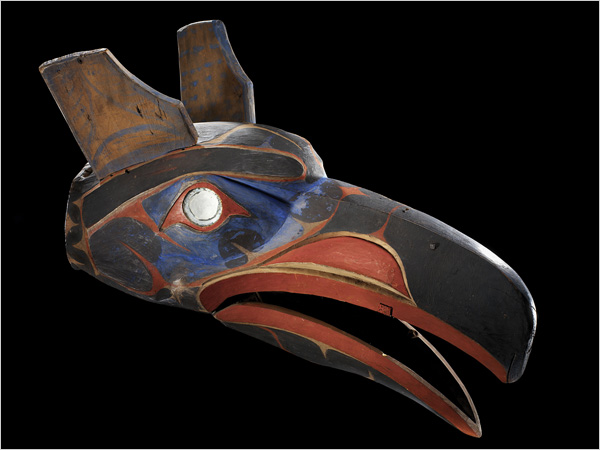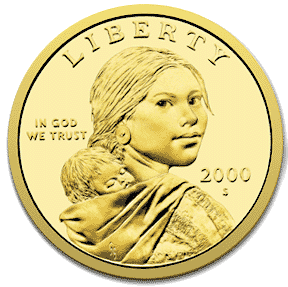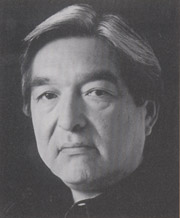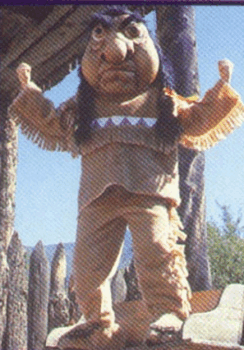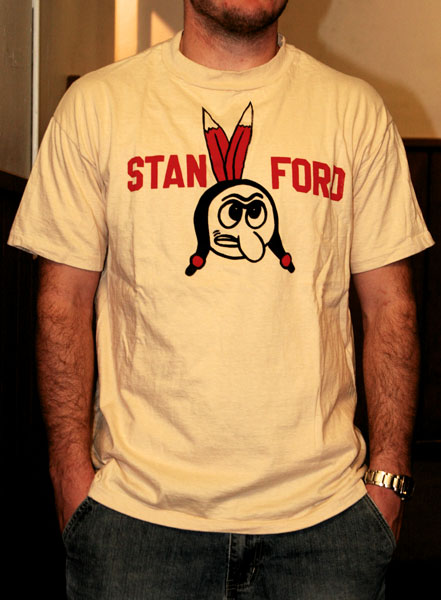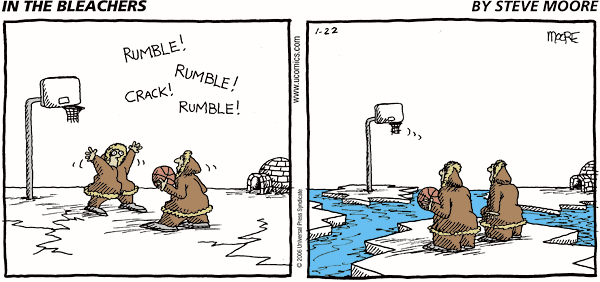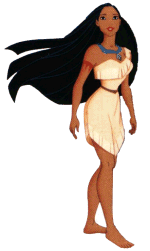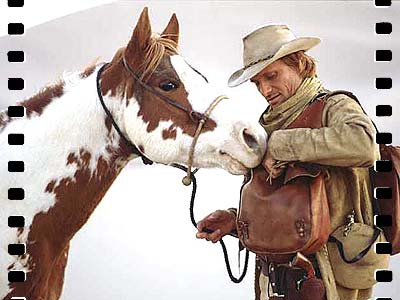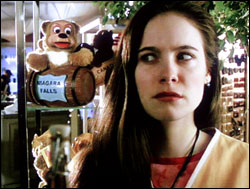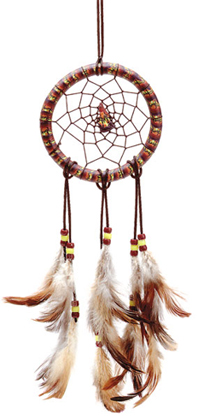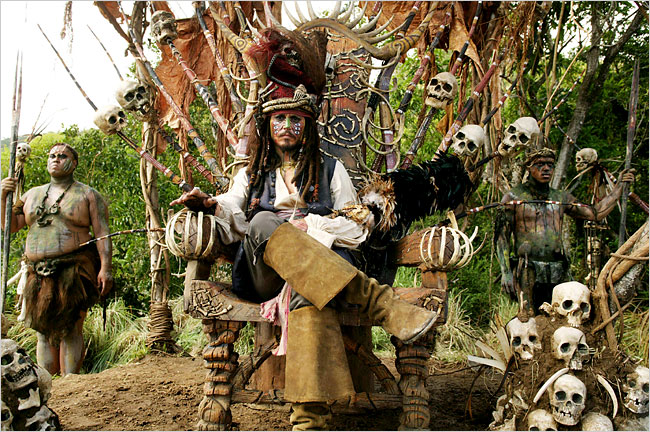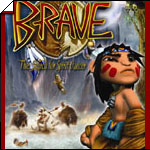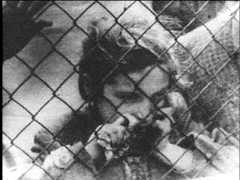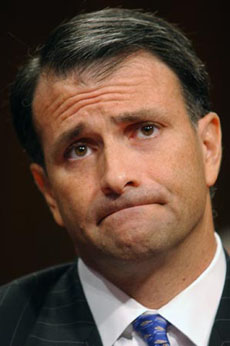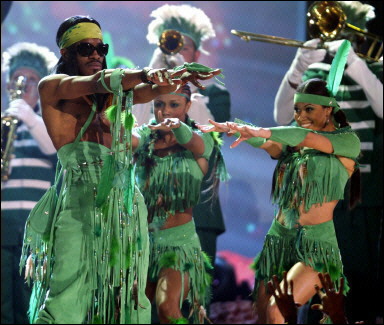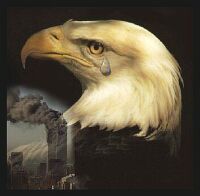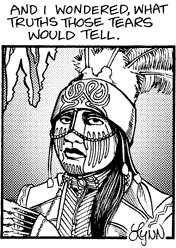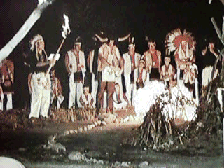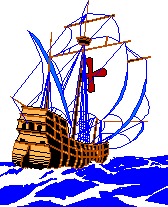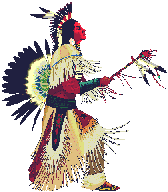It seems we're headed back to the Fifties: the era of McCarthyite name-calling and Saturday matinees. Whether it's in political or creative circles, Native people are getting demonized again.
Because of the Abramoff scandal, pundits have all but called Indians mobsters and hoodlums. Some have implied they're subverting the government just like Communists. A few have suggested returning to a policy of terminating tribes and forcing them to assimilate.
Overseas, we're treating Iraqi civilians much like we did the Indians. Pundits have labeled Iraq
Indian Country, as if we're still protecting the fort against natives on the warpath. One US official
referred to Osama bin Laden and his "Indians"; columnist Liz Smith
compared Indians to terrorists.
And what is the whole immigration debate but a jeremiad against brown-skinned people? When you hear ridiculous claims like "the English language is threatened," "our values are under attack," or "they want to take back the Southwest," you know there's more than a policy dispute going on. For much the same reason, we're dissing leaders such as Bolivia's Evo Morales (an Aymara Indian) who oppose US interests and tout indigenous rights.
On the big screen, we're seeing a similar trend. In
Sahara (2004), three white adventurers (if you count Penelope Cruz) fought an angry army of blacks and Muslims. In
King Kong (2005), three white moviemakers fought an indigenous tribe of crazed killers. This year we have
End of the Spear (below) and
Pirates of the Caribbean: Dead Man's Chest.
Spear: Whites enlighten "rampaging dark-skinned savages"